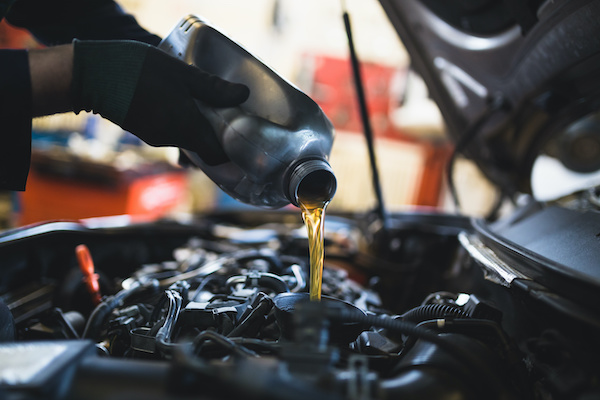Changing your oil at home can be a convenient and cost-effective way to maintain your vehicle. However, it’s important to consider the potential risks and drawbacks before attempting to do it yourself. Here are the top five reasons why you might want to reconsider changing your oil at home:
- Safety concerns: Changing your oil involves working with hazardous materials, including motor oil and various chemicals. If these substances come into contact with your skin or eyes, they can cause serious injury. In addition, working under a vehicle can be dangerous if the car is not properly supported or if you don’t have the right tools or equipment.
- Lack of experience and expertise: Changing your oil requires a certain level of knowledge and expertise. If you’re not familiar with the process, you may make mistakes that could damage your vehicle or even cause it to break down.
- Potential for equipment failure: Changing your oil at home requires the use of specialized tools and equipment, such as oil filters, oil drain pans, and oil filter wrenches. If any of these items fail or break during the process, it could lead to costly repairs or even serious injury.
- Time and effort: Changing your oil can be a time-consuming and labor-intensive process, especially if you’re not familiar with the procedure. It can take several hours to complete, and you’ll need to set aside a chunk of your day to do it.
- Warranty concerns: If you’re still under the manufacturer’s warranty, changing your oil at home could void it. It’s important to read the terms and conditions of your warranty carefully to understand what is and isn’t covered.
Overall, while changing your oil at home can be a convenient and cost-effective option, it’s important to weigh the potential risks and drawbacks before deciding to do it yourself. If you’re not comfortable with the process or don’t have the necessary tools and equipment, it may be best to have your oil changed by a professional mechanic.


